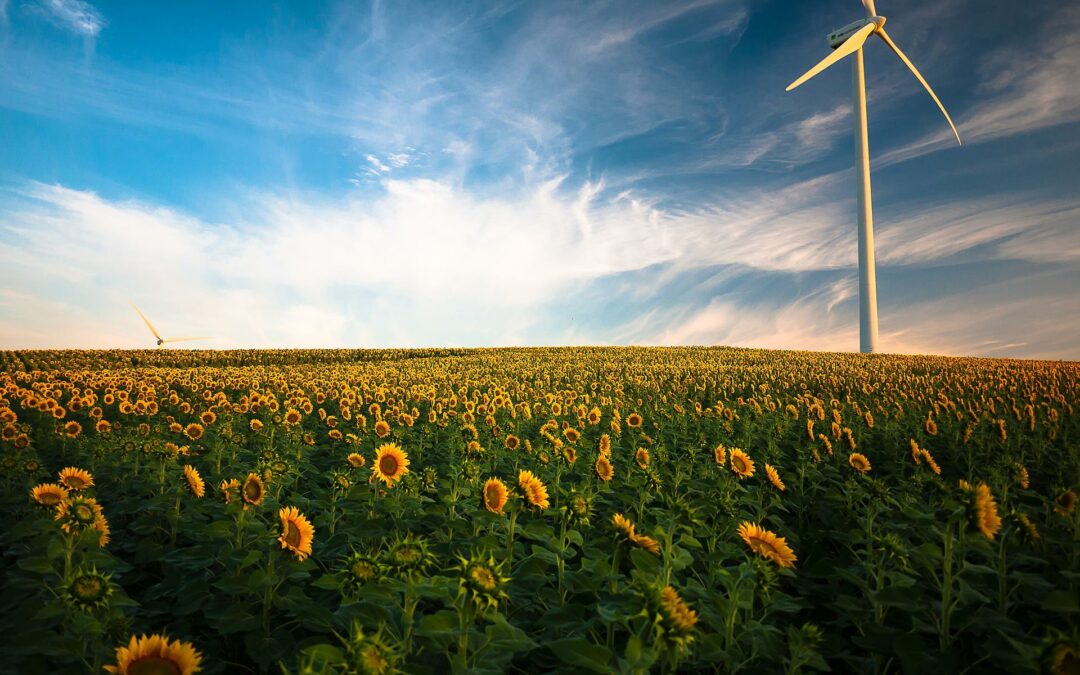Agriculture contributes 8 per cent of Canada’s greenhouse gas emissions, so we need to change how we farm. Climate change will also reduce the quality and quantity of our food. Addressing climate change, then, will help save the rural prairie economy.
Of course, we can’t generate food from sunlight and store carbon like plants can. We need to figure out how to solve these two problems at once in another way. The easiest way to do this is by eating less meat and dairy. Eating plant crops would feed people more effectively than feeding them to livestock first would. Veganism is increasingly popular among young people in the UK and Austria. Reducing meat consumption is climate-friendly as well. Even the beef industry, though, can become more sustainable.
Regenerative Agriculture
What else can we do? One proposed solution comes in the form of Regenerative agriculture. Here are some of the processes that people call regenerative:
- Till as little as possible
- Protect and/or cover the soil
- Use cover crops
- Rotate and intersperse crops
- Plant diverse crops
- Incorporate perennials and trees
- Fertilize with your own compost, manure, or both
- Restore natural habitats
- Integrate livestock
- Use ecological or natural principles or systems
- Use on-farm inputs rather than off-farm inputs
But what outcomes do practitioners seek from regenerative agriculture? These include:
- Improve general or unspecified ecosystem health, including ecosystem services
- Increase biodiversity
- Improve water health
- Improve soil health
- Increase carbon sequestration
- Reduce greenhouse gas emissions
- Improve animal welfare
- Maintain or increase yields
- Create a circular system, reduce waste, or both
- Improve crop health, resilience, or both
- Improve access to and/or security of food
- Grow more nutritious food and/or improve human health
But not everyone agrees on what regenerative agriculture is or should be. As Joe Fassler puts it, “Regenerative agriculture needs a reckoning.” He describes one split regarding whether organic or genetically-modified (GM) farming is more regenerative. Some studies find that farming with GM crops leads to reductions in land and herbicide use. Meanwhile, other studies find that farming organically is better for biodiversity on farms. There are some benefits to organic urban-focused agriculture too. Each has its merits. Either should be used depending on what affected stakeholders want and need.
It is critical for farmers (and farm workers!) to be part of the solution to climate change. In 2021, Farmers for Climate Solutions published recommendations to reduce farms’ climate impact. They project the following reductions if the federal government implements their proposed programs:
- A $115-million nitrogen cost-share program could save 2.9 million tonnes of carbon dioxide equivalent (CO2e) per year.[1]
- A $115-million grant for farmers to plant more cover crops could save 2.2 million tonnes of CO2e per year.[2]
- A $25-million cost-share program of infrastructure for rotational grazing could save 302,000 tonnes of CO2e per year.[3]
- A $30-million reverse auction program to encourage farmers to keep wetlands and forests could save 4.1 million tonnes of CO2e per year.[4]
Since Canada’s agricultural sector produces $4.3 billion per year[5] in unpaid-for costs, we should invest a bit in stopping it from creating these costs.
According to FCS, racialized, young, new, female, and 2SLGBTQ+ farmers “are on the leading edge of climate-resilient farming.” So, we should support them on top of removing existing barriers.[6]
The Canadian government invests only 70 cents per acre in improving agricultural sustainability. Those of the United States and European Union invest $8.47 and $51.75 per acre in the same.
At a local level, food co-operatives are crucial to guaranteeing sustainable food. Fireweed Food Hub here in Winnipeg purchases from suppliers that follow some of the regenerative practices mentioned earlier. Producers, workers, consumers, or all three can own and operate co-ops for their benefit. Co-ops focus on providing goods rather than the sole pursuit of short-term profit. Food co-ops, according to food co-op scholar–advocate Hannah Renglich, do the following:
- Practice sustainable or regenerative techniques.
- Unite local farmers with nearby non-farmers.
- Produce high-quality food locally.
- Build local economies from within.
- Practice fair trade.
- Build solidarity.
[1]This figure assumes net nitrogen savings of 15 per cent per year.
[2]Farms in the Prairie provinces would plant 1 per cent new cover crop per year. Farms in the rest of Canada would do likewise at an annual rate of 15 per cent.
[3]This assumes new adoption of rotational grazing of 5 per cent per year.
[4]This assumes that 33,000 acres of wetland and forest is protected from conversion to farmland per year for twenty years.
[5]This is only in British Columbia, Alberta, Saskatchewan, Manitoba, Ontario, and Quebec.
[6]Fassler focusses his examination of sustainable agriculture on the United States, where farm programs have also historically favoured White farmers at the expense of Black and Indigenous ones. Canada should learn from these facts as well.
Mike Bagamery,
Organizer, Manitoba Energy Justice Coalition
